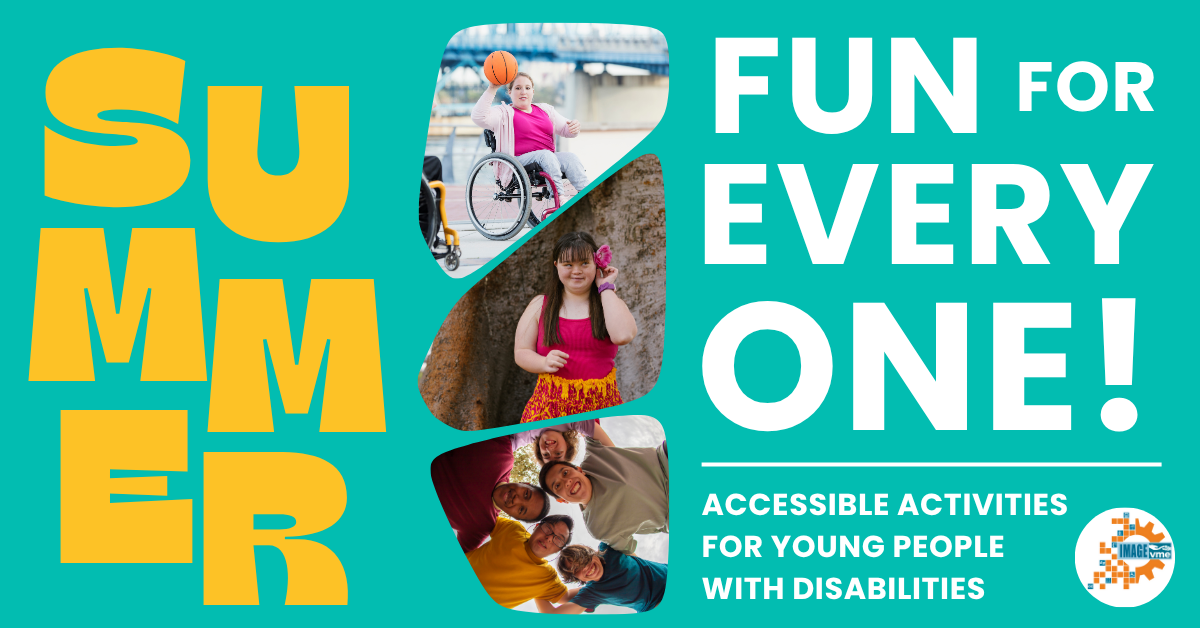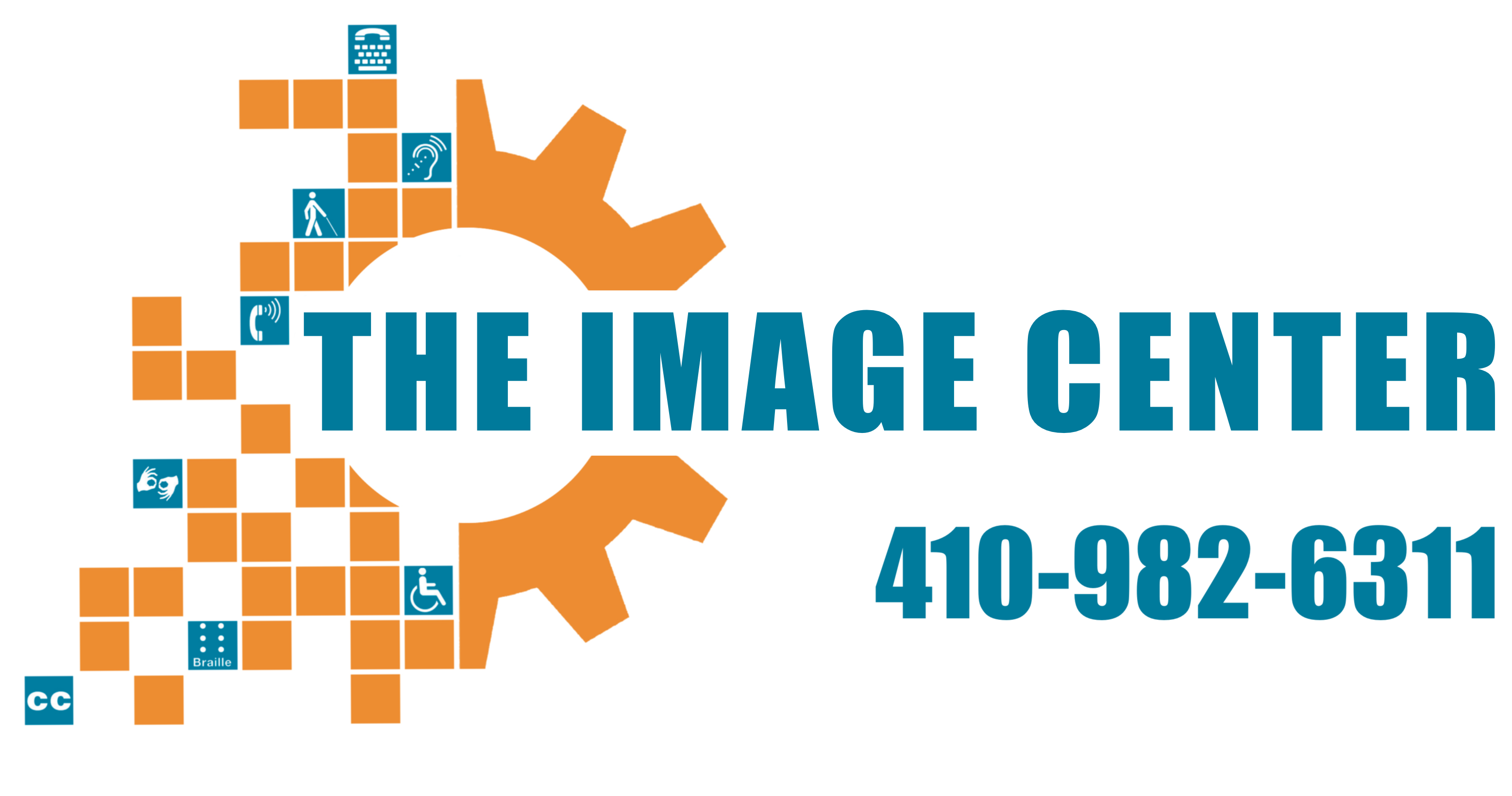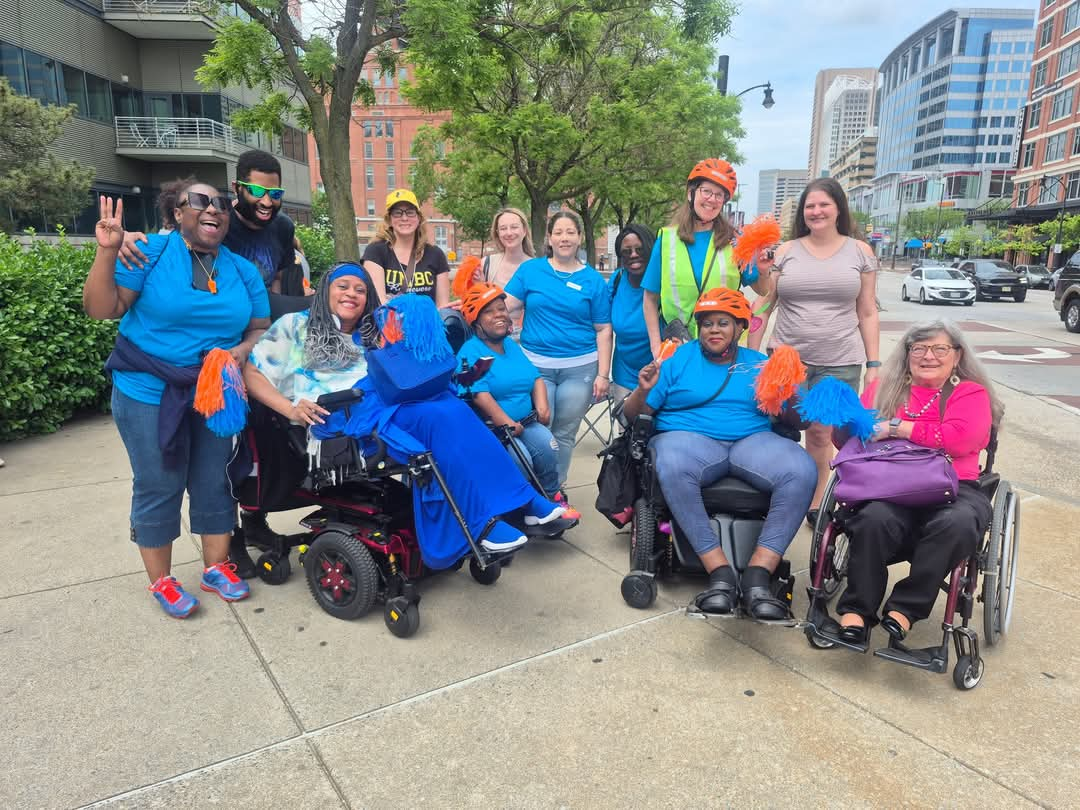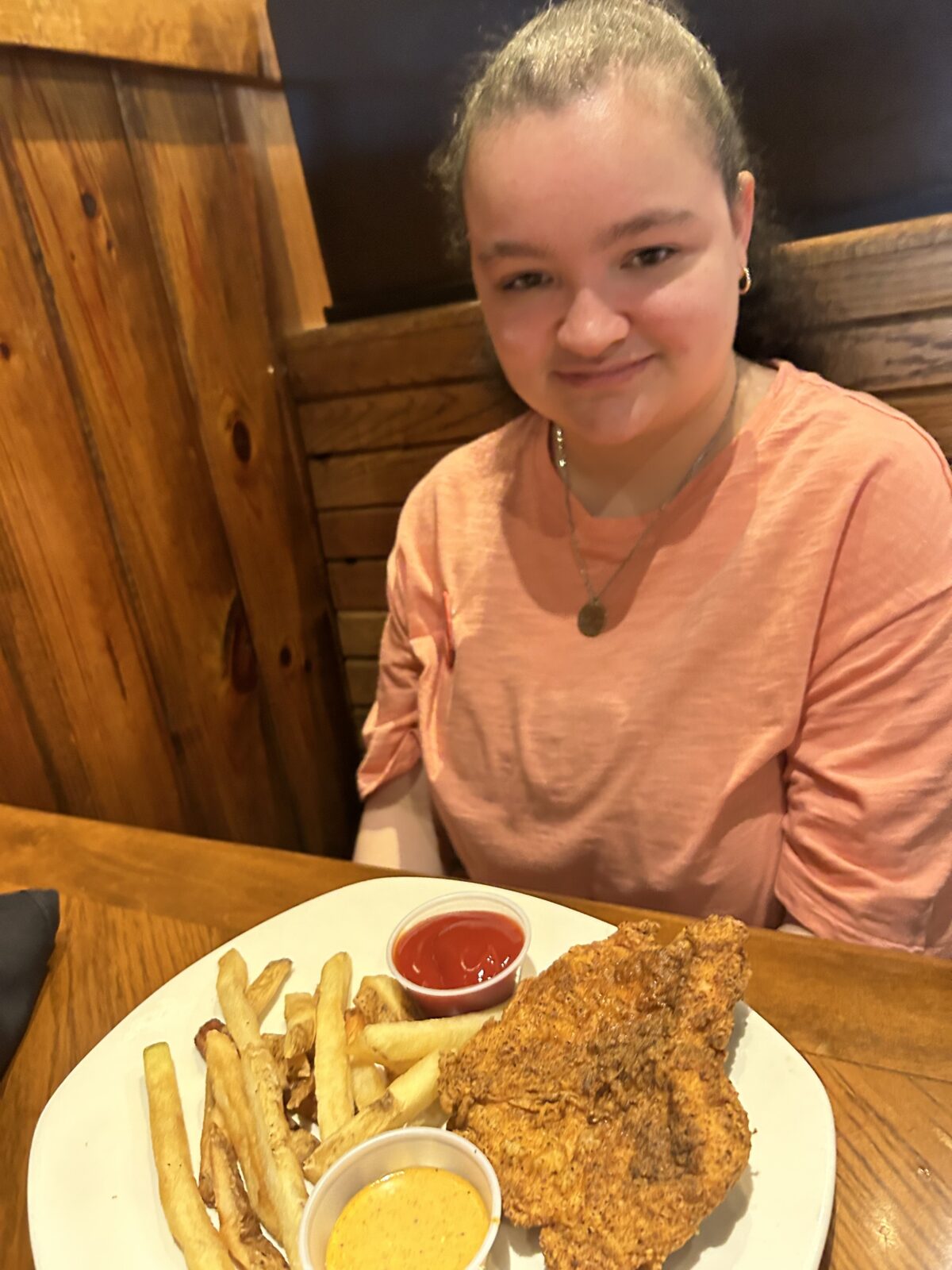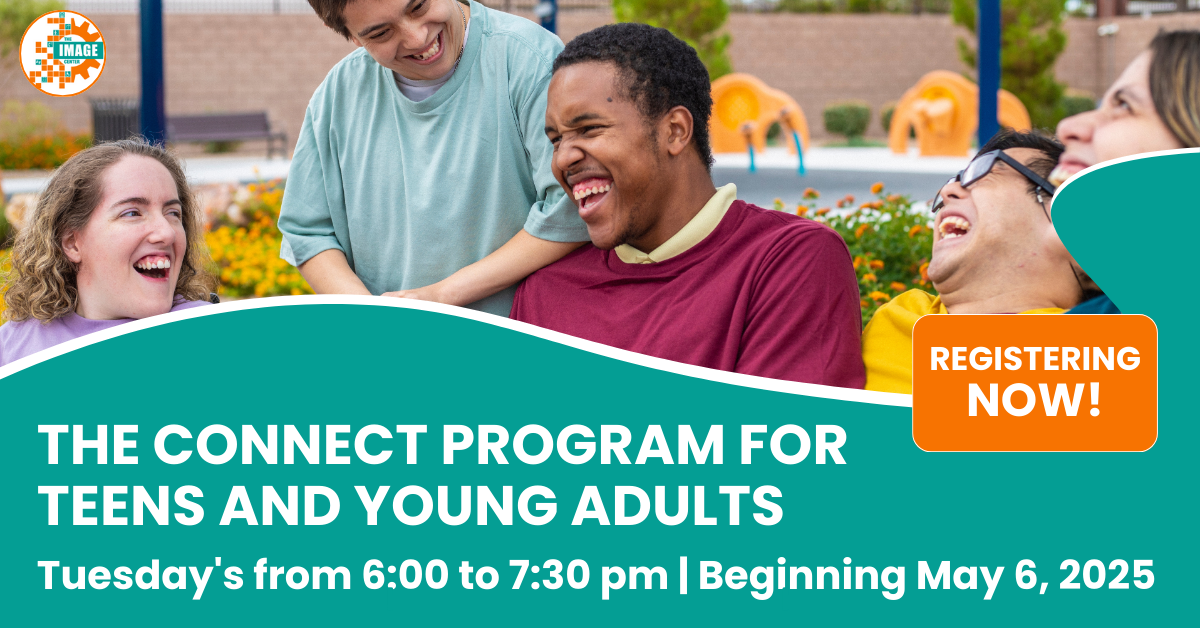At The IMAGE Center, we believe summer should be full of adventure, connection, and new experiences – no matter your ability. Fortunately, the Baltimore region offers a wide variety of accessible programs and activities for young people with disabilities. Whether you’re drawn to nature, animals, sports, or sailing, there’s something for everyone. Here are just […]
